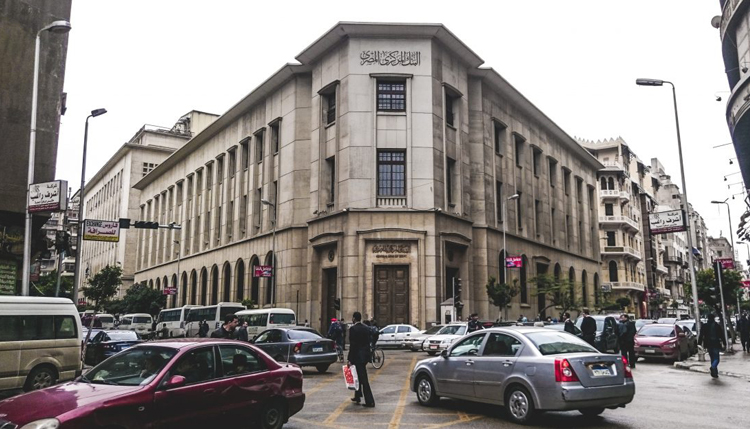Egypt’s foreign reserves rose by $1.4 billion by the end of February 2019 to reach $44.06 billion, compared to $42.6 billion by the end of January 2019, according to the Central Bank of Egypt (CBE).
Egypt spends an average of $5 billion monthly on imports with an annual total of more than $60 billion. The current average of foreign reserves covers about eight months of Egypt’s commodity imports, which is higher than the global average of about three months of commodity imports.
Foreign currencies in Egypt’s foreign reserves include the U.S. dollar, euro, Australian dollar, Japanese yen and Chinese yuan.
The main function of the foreign exchange reserve, including its gold and various international currencies, is to provide commodities, repay the installments on interest rates of external debt, and to cope with economic crises.
Egypt embarked on a bold economic reform program that included the introduction of taxes, such as the value-added tax (VAT), and cutting energy subsidies, with the aim of trimming the budget deficit.
The country floated its currency in November 2016 before it clinched a $12 billion loan from the International Monetary Fund (IMF).
In November, when foreign reserves hit $44.5 billion, Minister of Finance Mohamed Ma’it commented that the stated figure covers the imports for 9 months, which is an unprecedented period.
The state’s foreign reserves started to rebound after the delivery of the $12 billion three-year International Monetary Fund loan program in 2016.
The IMF Executive Board approved in November 2016 a three-year extended fund facility (EFT) loan to Egypt worth $12 billion to support its economic reform program.
Egypt received the fifth installment of the loan, where the total disbursements under the program reached about $10 billion.


